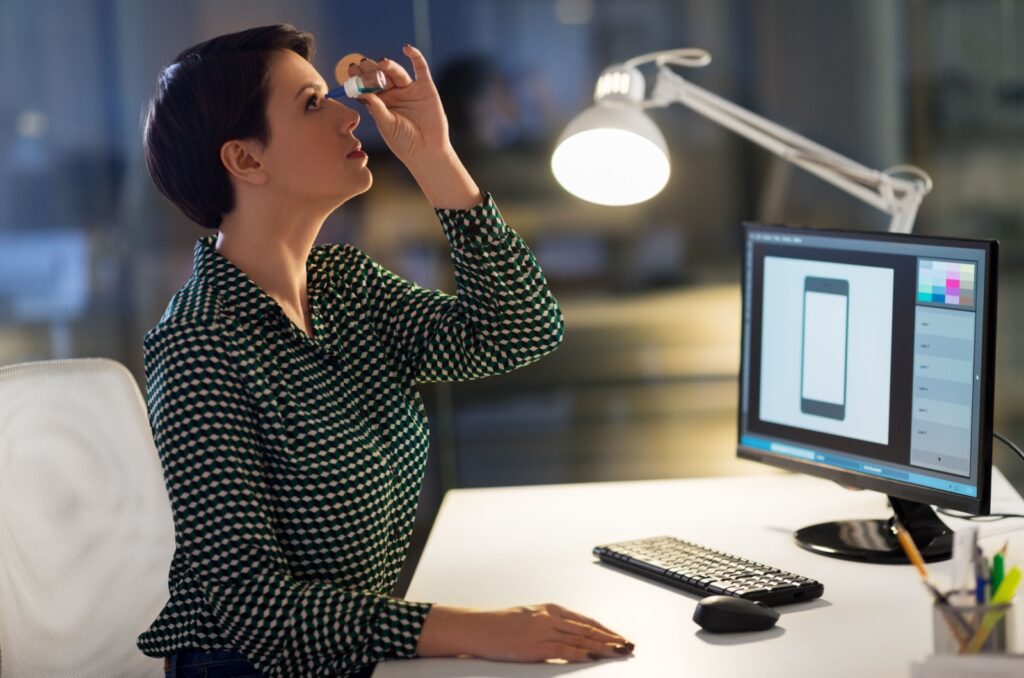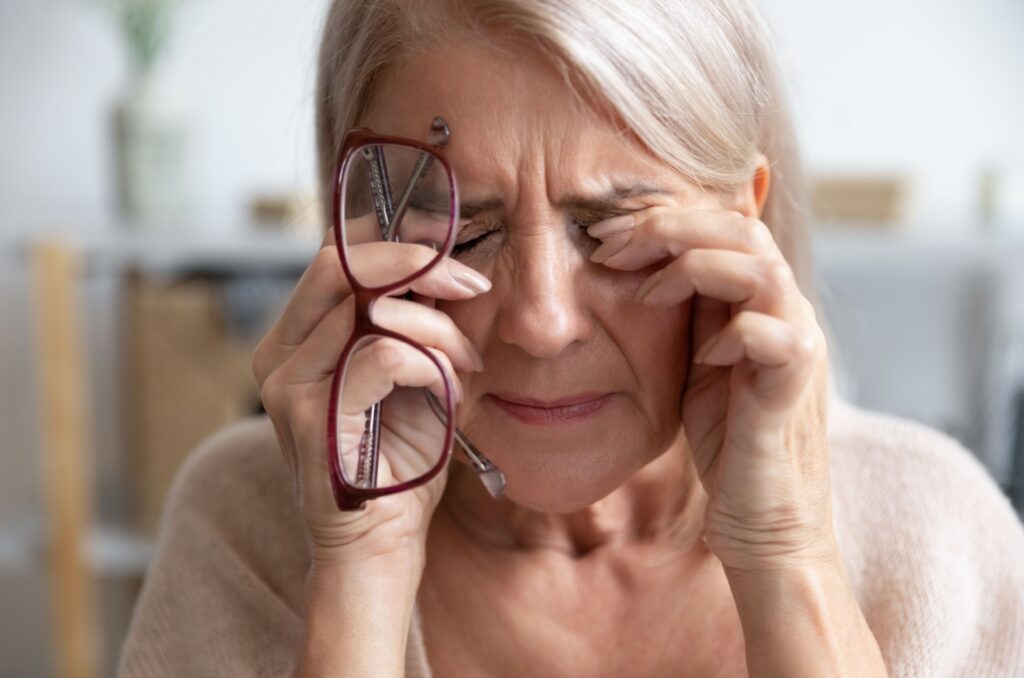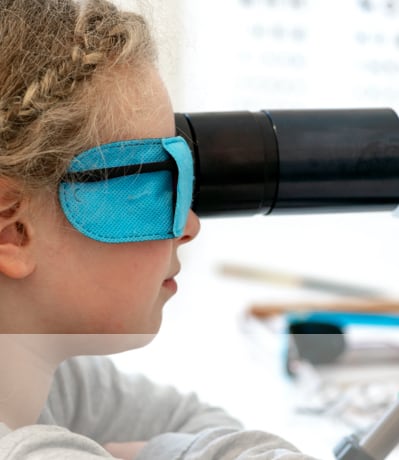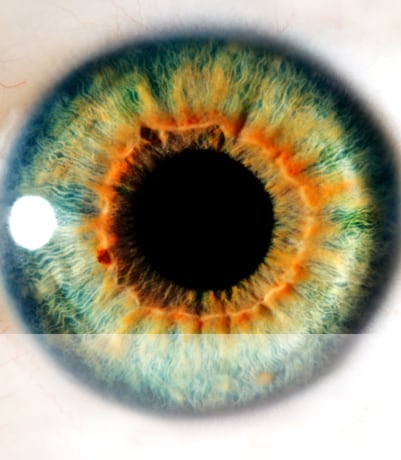Dry eye syndrome, dry eye disease, or simply dry eye, is a common eye surface condition that can cause discomfort and blurred vision.
Dry eyes are caused by inadequate lubrication for your eyes because of factors like:
- Aging
- Medical conditions
- Medications
- Dry climates
- Excessive screen time
A comprehensive eye exam can help your eye doctor pinpoint the underlying cause for effective and targeted treatment for symptom relief.
What Is Dry Eye?
Dry eye occurs when you have poor tear quality or your eyes don’t produce enough tears.
Your tear film consists of three layers that play essential roles in keeping your eyes hydrated and protected:
- The inner, mucus layer helps tears stick to the surface of the eye
- The middle, aqueous layer helps keep the eyes moist
- The outer, oily layer helps prevent tears from evaporating
The oily layer also helps keep your tears smooth to maintain clear vision. When this balance is disrupted, your tears can’t sufficiently protect your eyes from infections and irritants.
Symptoms of dry eye include:
- Burning or stinging sensation
- Scratchy or gritty feeling
- Blurred vision
- Redness or wateriness
- Light sensitivity
What Are Common Risk Factors for Developing Dry Eyes?
Several risk factors can affect tear production or tear quality, including:
- Age: Dry eye is more common in people over 50 due to a natural decrease in tear production.
- Sex: Females, particularly those who are pregnant, on birth control, or experiencing menopause, are more likely to develop dry eyes because of hormonal changes.
- Medications: Common medications like antihistamines, decongestants, antidepressants, and blood pressure drugs can lead to a decrease in tear production.
- Certain medical conditions: Health issues like rheumatoid arthritis, diabetes, and thyroid disorders can increase your risk of dry eye.
- Climate: Dry, windy, smokey, or low-humidity environments can contribute to faster tear evaporation.
- Contact lens wear: Long-term use of contact lenses can interfere with tear film production.
- Eye surgery: Laser eye surgery can lead to dry eyes from less tear production. However, this can be temporary.
The Digital Age & Its Impact on Eye Health
Digital device usage has become a major contributor to dry eyes, especially for those who work on computers. Prolonged screen use, especially without health screen use habits, can significantly reduce your blink rate and cause digital eye strain, fatigue, headaches, and dry eyes.
When using devices like computers, smartphones, or TV, make a conscious effort to blink to prevent eye strain and dry eyes.
You should also follow the 20-20-20 rule: every 20 minutes of screen use, allow your eyes to focus on something 20 feet away for 20 seconds.
Dry Eye Preventive Measures & Simple Home Remedies

Although dry eyes can be frustrating, several simple lifestyle remedies and preventive measures can help manage symptoms:
- Use a humidifier to add moisture to the air in your home or office.
- Apply artificial tears or eye drops, especially during periods of prolonged activity.
- Wear wraparound sunglasses to protect your eyes from wind and dust when outdoors.
- Stay hydrated by drinking plenty of water throughout the day.
- Blink more intentionally, particularly when working or reading.
When to Seek Professional Help for Dry Eyes
While home remedies can provide temporary relief, they aren’t always enough. Chronic dry eye symptoms may signal an underlying issue that requires professional attention.
During an eye exam, your eye doctor may use tear film analysis or advanced diagnostic techniques to understand your symptoms better. Based on their findings, they can recommend the right treatments.
Dry Eye Treatments
Managing dry eyes requires a tailored treatment plan based on the underlying cause. Some common treatment options include:
- Medicated eye drops: Depending on the severity and cause of dry eyes, your eye doctor may prescribe medicated eye drops to reduce inflammation or increase tear production.
- Supplements and nutrition: Certain vitamins and minerals can help support your tear film and overall eye health.
- Eyelid cleansers: These products clean the eyelids of oil, debris, and contaminants to improve tear quality.
- BlephEx: This in-office procedure involves a deep cleanse and exfoliation of the eyelids to remove debris, bacteria, and build-up that can contribute to dry eye symptoms.
- Meibomian gland expression: This manual technique is performed by your eye doctor to release blockages in the meibomian glands, which produce oils essential for tear film stability.
Vision Comfort from Dry Eyes
Dry eye disease doesn’t have to take over your life. With the right balance of preventive measures, home remedies, and guidance from your eye doctor, it’s possible to manage your symptoms and improve your overall eye health. Book an appointment with Bettner Vision if you’ve been experiencing persistent symptoms. A personalized treatment plan could make all the difference in vision comfort and quality of life.








